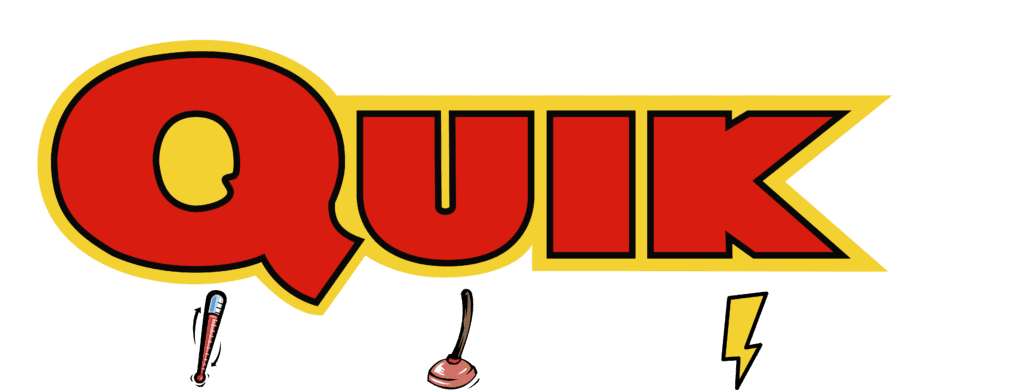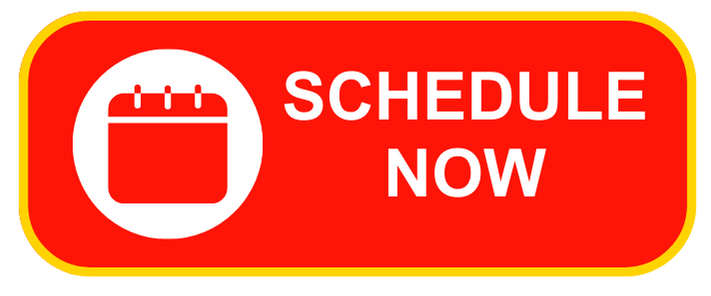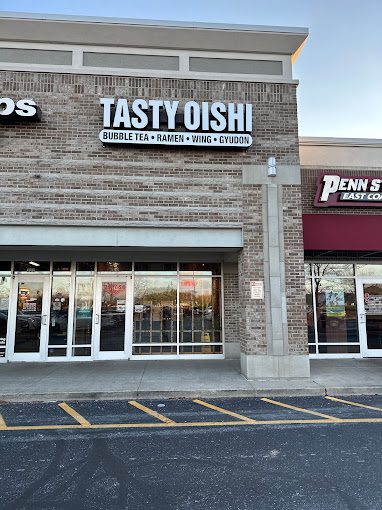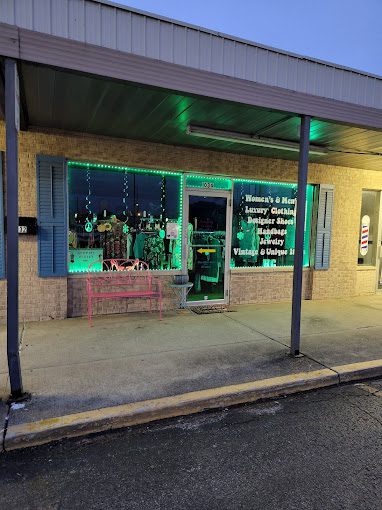Overflowing Toilets Clogged
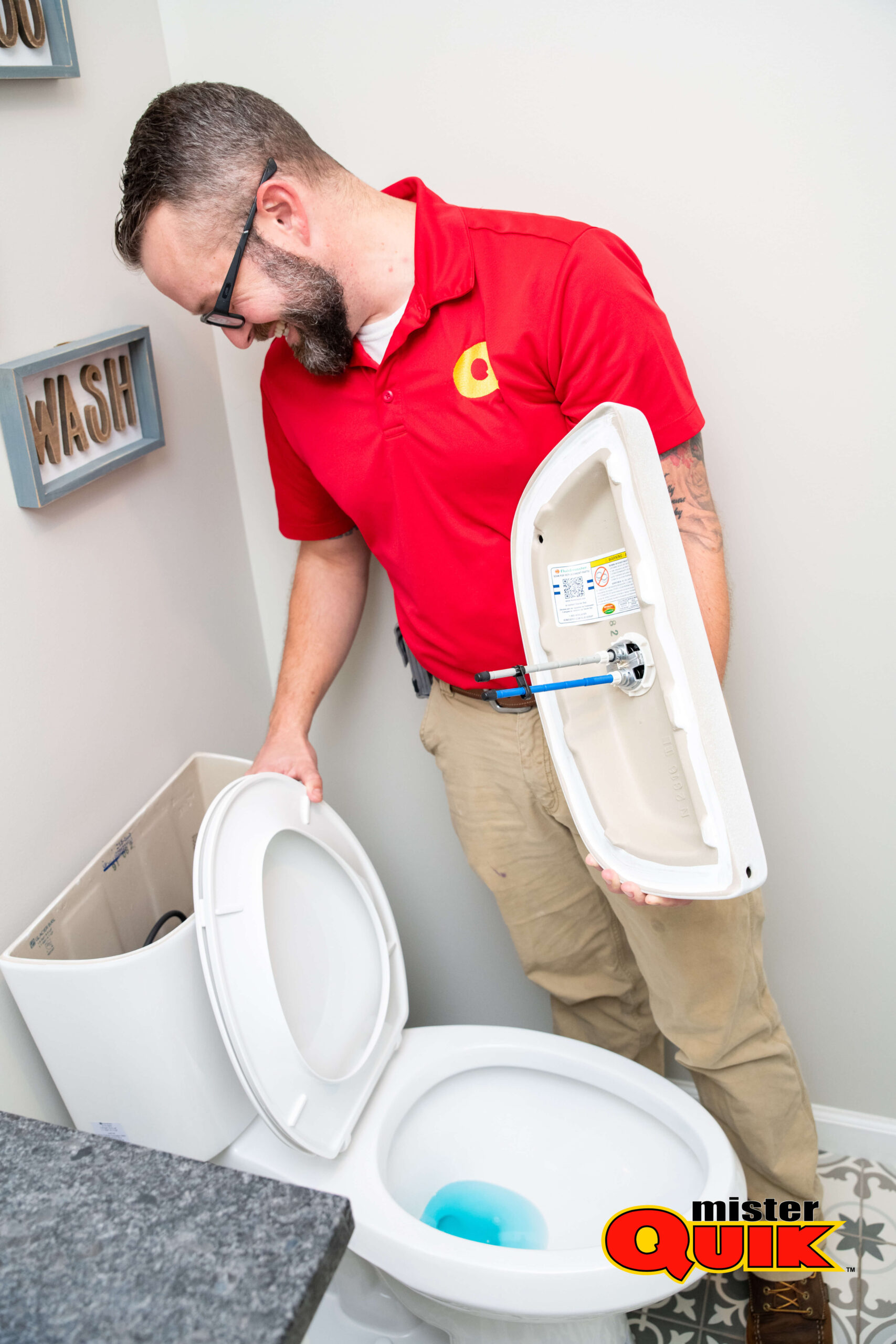
Toilet Overflowing But Not Clogged
Experiencing a toilet overflowing without a visible clog can be puzzling, but several underlying issues may be at play. Understanding these factors is crucial for effectively resolving the problem and preventing future occurrences. Let’s explore common reasons why a toilet might overflow despite not being clogged:
- Faulty Fill Valve: A malfunctioning fill valve can cause the tank to overfill, leading to water overflowing into the bowl.Check the fill valve for proper functioning and adjust or replace it if necessa Ensure the fill valve is set to the correct water level to prevent overflow.
- Flapper Valve Problems: A worn or improperly seated flapper valve can allow water to continuously flow into the bowl, leading to overflow. Inspect the flapper valve for signs of wear or damage and replace it if needed.Adjust the flapper valve to ensure it seals properly after each flush.
- High Water Level: An excessively high water level in the tank can result in water spilling into the overflow tube and causing the toilet to overflow. Adjust the water level in the tank to the recommended level indicated by the manufacturer.Check for any obstructions or debris in the tank that may be preventing the float from functioning properly.
- Blocked Vent Pipe: A blocked vent pipe can create air pressure issues in the plumbing system, causing water to back up and overflow from the toilet. nspect the vent pipe for blockages such as debris or nesting animals and clear them if necessary.Ensure the vent pipe is properly installed and free from damage.
- Sewer Line Blockage: A blockage in the main sewer line can cause water to back up into the toilet and overflow.Use a sewer auger or plumber’s snake to clear any obstructions in the sewer line.Consider professional assistance if the blockage persists or if there are signs of a more serious issue.
- Flushing Too Much: Flushing excessive amounts of toilet paper or foreign objects down the toilet can overwhelm the plumbing system and lead to overflow. Use only an appropriate amount of toilet paper and avoid flushing items such as wipes, sanitary products, or paper towels. Educate household members on proper toilet use to prevent future incidents.
- Damaged Overflow Tube: A damaged or improperly positioned overflow tube can contribute to toilet overflow by allowing water to spill into the bowl.Inspect the overflow tube for cracks, leaks, or misalignment and repair or replace it as needed. Ensure the overflow tube is positioned correctly to prevent water from bypassing it during flushing.
In conclusion, a toilet overflowing despite not being clogged can be caused by various factors related to internal toilet components, plumbing system issues, or improper usage. Trust Mister Quik Home Services in Brownsburg to diagnose the problem accurately and provide effective solutions tailored to your needs, ensuring your toilet functions properly and reliably.
Toilet Keeps Overflowing After Flush
Experiencing a toilet that keeps overflowing after each flush can be frustrating and concerning, but understanding the potential causes can help you resolve the issue effectively. Several factors can contribute to this problem, ranging from minor blockages to more serious plumbing issues. Here’s a detailed overview to help you identify and address the issue:
A blockage in the toilet trap or drain pipe can prevent water from flowing smoothly, causing it to back up and overflow.
A worn or improperly seated flapper valve can allow water to continuously leak from the tank into the bowl, leading to overflow.
Incorrect water level settings in the tank can result in excessive water entering the bowl during each flush, causing overflow.
A blocked or obstructed vent pipe can create air pressure issues within the plumbing system, preventing proper flushing and causing overflow.
A clog or obstruction in the sewer line connected to the toilet can cause wastewater to back up and overflow into the toilet bowl.
A malfunctioning fill valve may fail to shut off properly, leading to continuous water flow into the tank and eventual overflow.
: Flushing inappropriate items down the toilet, such as excessive toilet paper or sanitary products, can cause blockages and overflow.
Accumulation of sediment or mineral deposits in the toilet’s flush valve or trapway can impede water flow and cause overflow.
Damage or defects in various toilet components, such as the flush handle, float mechanism, or overflow tube, can lead to overflow issues.
Excessive water pressure in the plumbing system can cause toilets to overflow more frequently, especially if other fixtures are in use simultaneously.
If your toilet is overflowing, the first step is to immediately turn off the water supply to the toilet to prevent further flooding. You can typically find the shut-off valve behind or near the base of the toilet. Next, remove the lid from the tank and lift the float to stop the flow of water into the bowl. Use towels or a mop to clean up any water that has spilled onto the floor. Once the immediate situation is under control, assess the cause of the overflow, which could be due to a blockage in the pipes or a malfunctioning flushing mechanism, and take appropriate action to resolve the issue. If you’re unable to resolve the problem on your own, consider contacting a plumber for assistance.
To prevent a toilet from filling up and overflowing, start by locating the water shut-off valve behind the toilet and turning it clockwise to stop the flow of water. Lift the tank lid and check the flapper valve to ensure it’s properly sealing the flush valve. Adjust the float mechanism to control the water level in the tank, ensuring it’s below the overflow tube. If the issue persists, consider cleaning or replacing the flapper valve and inspecting the fill valve for any malfunctions. Regular maintenance and prompt repairs can help prevent future overflow incidents.
Yes, a clogged toilet will typically drain eventually, either through gradual dissipation or due to the pressure exerted by the weight of the water. However, the timeframe for this process can vary depending on factors such as the severity of the blockage and the volume of water in the bowl. In some cases, using a plunger or a toilet auger can expedite the unclogging process by dislodging the obstruction and allowing water to flow freely again. If the clog persists despite these efforts, professional assistance may be required to resolve the issue effectively.
To unclog an overflowing toilet without a plunger, start by turning off the water supply to prevent further flooding. Then, protect the floor with towels or newspapers. If all else fails, consider using a plumbing snake or calling a professional plumber for assistance.
Water coming out of the toilet overflow indicates a potential issue with the fill valve or the float mechanism within the toilet tank. This problem commonly arises when the water level surpasses the overflow tube, leading to overflow. It may be due to a faulty fill valve that fails to shut off, causing excessive water to enter the tank. Alternatively, the float mechanism may not be functioning correctly, failing to regulate the water level. In either case, prompt inspection and repair are necessary to prevent water wastage and potential damage.
Toilet Overflow Pipe
Dealing with a toilet overflow pipe issue can be stressful, but understanding its function and how to address potential problems is essential for maintaining a functional plumbing system. The overflow pipe is a crucial component of your toilet’s design, designed to prevent water from overflowing onto your bathroom floor in case of a clog or malfunction. Let’s delve into the details of toilet overflow pipes:


The overflow pipe serves as a safety feature to prevent water damage by diverting excess water from the toilet tank.
Typically located near the top of the toilet tank, the overflow pipe connects to the flush valve assembly.
When water levels rise too high in the tank, the overflow pipe allows the excess water to flow down into the toilet bowl instead of spilling onto the floor.
Overflow pipes are usually made of plastic or metal and come in various sizes to accommodate different toilet designs and water capacities.
Regular inspection of the overflow pipe is essential to ensure it’s free of obstructions or damage that could impede its function.
Clogs, leaks, or malfunctions in the flush valve assembly can cause problems with the overflow pipe, leading to toilet overflows.
Simple solutions like cleaning the overflow pipe or adjusting the float level in the tank can often resolve minor issues.
In conclusion, understanding the role and function of the toilet overflow pipe is essential for maintaining a properly functioning plumbing system in your home. Trust Mister Quik Home Services in Brownsburg to provide expert assistance and reliable solutions for any toilet-related issues you may encounter.
Toilet Overflowing From Base
Experiencing a toilet overflowing from the base can be a messy and frustrating situation, but understanding the causes and solutions can help you address the issue effectively. From simple fixes to more complex plumbing problems, there are several factors to consider when dealing with a toilet overflow. Let’s explore the common reasons behind toilet overflow from the base and what steps you can take to resolve it:


A blockage in the toilet drain pipe can prevent water and waste from flowing properly, causing it to back up and overflow from the base.


Accumulated debris or foreign objects lodged in the toilet trap, located beneath the bowl, can obstruct the flow of water and lead to overflow.




The wax ring, which seals the connection between the toilet and the drain pipe, may degrade or become displaced over time, allowing water to leak from the base.




Loose bolts securing the toilet to the floor or worn-out gaskets around the base can create gaps where water can escape during flushing, causing overflow.




A clog or obstruction in the main sewer line connected to the toilet can cause wastewater to back up and overflow from the base.
If you notice your toilet overflowing from the base, it's essential to act quickly to prevent water damage and sanitation issues. First, turn off the water supply to the toilet to stop the overflow. Next, attempt to clear any visible blockages using a plunger or plumbing snake. If the problem persists, or if you suspect a more significant issue such as a damaged wax ring or sewer line blockage, it's best to contact a professional plumber for assistance. Trust Mister Quik Home Services in Brownsburg to diagnose and resolve the issue promptly, restoring your toilet to proper functioning.
What Causes a Toilet to Overflow Without Flushing?
Experiencing a toilet overflow without flushing can be a frustrating and messy problem. Understanding the potential causes behind this issue can help you address it effectively and prevent future occurrences. Here’s a detailed overview to help you identify the underlying reasons for a toilet overflow:
Clogged Drain:
A blockage in the toilet’s drain pipe or the main sewer line can prevent water from draining properly, causing it to back up and overflow.
Blocked Trap:
Debris, such as paper towels, wipes, or excessive toilet paper, can get lodged in the toilet’s trap, impeding the flow of water and leading to an overflow.
Faulty Flapper Valve:
A malfunctioning flapper valve may not seal properly, allowing water to continuously flow into the toilet bowl and eventually overflow.
High Water Level:
If the water level in the toilet tank is set too high, it can result in excess water entering the bowl, leading to an overflow.
Defective Fill Valve:
A faulty fill valve may cause the water level in the tank to rise excessively, resulting in overflow when the toilet is flushed.
Sewer Line Blockage:
A clog or obstruction in the main sewer line connected to the toilet can cause wastewater to back up into the toilet and overflow.
Tree Root Intrusion:
Tree roots infiltrating the sewer line can lead to blockages and backups, causing toilets to overflow.
Septic Tank Issues:
Problems with the septic tank, such as overflows or leaks, can result in sewage backing up into toilets and causing overflows.
Improper Ventilation:
Inadequate ventilation in the plumbing system can create air pressure issues, leading to toilet overflows.
Damaged Pipes:
Cracked or damaged pipes can impede the flow of wastewater, contributing to toilet overflows.
Understanding these potential causes of toilet overflows can help homeowners troubleshoot the issue and take appropriate action to resolve it. Trust Mister Quik Home Services in Brownsburg to provide expert assistance in diagnosing and fixing toilet overflow problems, ensuring your plumbing system functions smoothly and efficiently.
Best no running water plumbing in my area
Experiencing no running water can be frustrating, but finding the best plumbing service in your area can provide a quick solution. In Indianapolis, reliable professionals offer top-notch assistance for resolving no running water issues effectively. Here’s what you need to know about finding the best plumbing service for no running water problems:
Start your search by looking for plumbing services that operate specifically in the Indianapolis area. Local companies are more likely to offer prompt assistance and have a better understanding of the unique plumbing challenges that may arise in your area.
Emergencies like no running water can occur at any time, day or night. It's essential to choose a plumbing service that offers emergency services and has a reputation for responding quickly to urgent calls. Ensure that they provide 24/7 availability so that you can get assistance whenever you need it.
When dealing with plumbing issues, especially those causing no running water, experience matters. Look for professionals who have extensive experience in diagnosing and fixing similar problems. Experienced plumbers are more likely to accurately assess the situation, identify the root cause of the issue, and provide effective solutions promptly.
Before hiring a plumbing service, take the time to research their reputation. Check online reviews on platforms like Google, Yelp, or Angie's List to see what previous customers have to say about their experiences. Additionally, ask friends, family, or neighbors for referrals to reliable plumbing services they've used in the past. A company with a solid reputation for quality work and customer satisfaction is more likely to meet your expectations.
Transparent pricing is crucial to avoid any surprises when it comes to the cost of services. Look for a plumbing service that provides clear and upfront pricing information. They should offer free estimates for the work required and be transparent about their rates, including any additional charges for emergency services or materials. This transparency helps you budget effectively and ensures you're getting fair pricing for the services provided.
Rest assured knowing that reliable assistance is just a phone call away. With Mister Quik Home Services in Indianapolis, you can trust our experienced professionals to quickly resolve your no running water issues with efficiency and expertise. Contact us today to experience top-quality plumbing services and restore water flow to your home!
Troubleshoot Checklist:
- Inspect toilet drain pipe for obstructions.
- Clear any visible blockages using a plunger or snake.
- Check the fill valve for proper functioning and adjust or replace if necessary.
- Inspect flapper valve for wear or misalignment and adjust or replace as needed.
- Ensure water level in the tank is set to the manufacturer’s recommended level.
- Check for debris or obstructions affecting float mechanism.
- Inspect vent pipe for blockages and clear if necessary.
- Use a sewer auger to clear any obstructions in the sewer line.
- Check the integrity of the wax ring and replace it if damaged.
- Tighten loose bolts or replace worn-out gaskets around the base.
